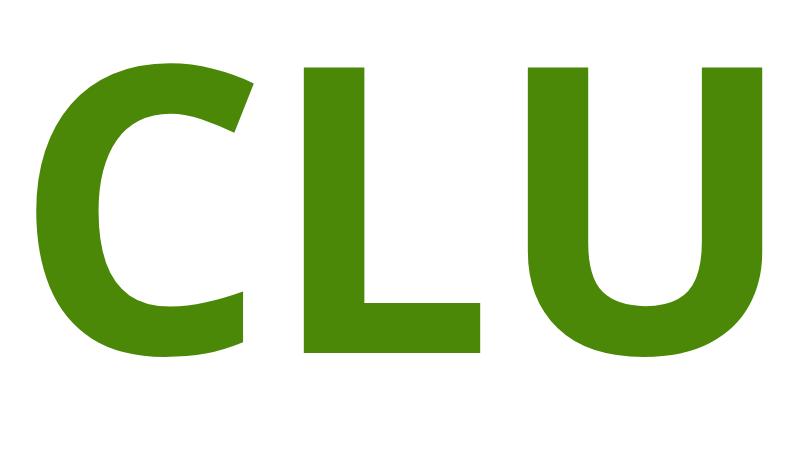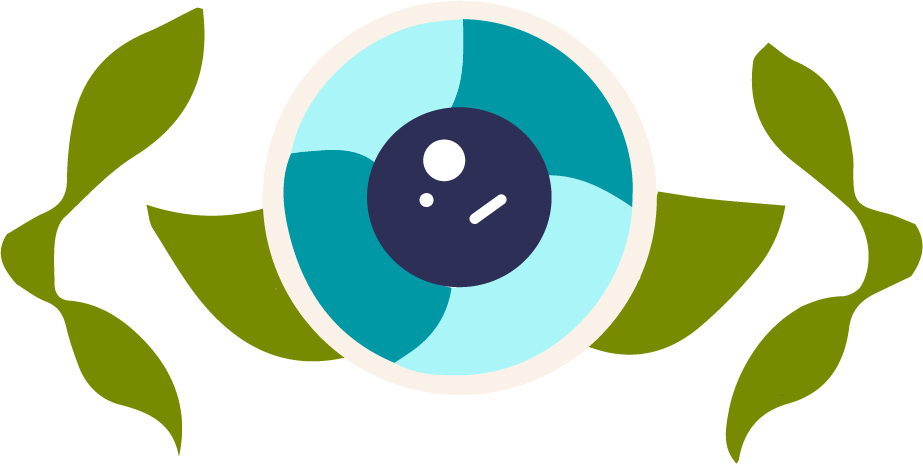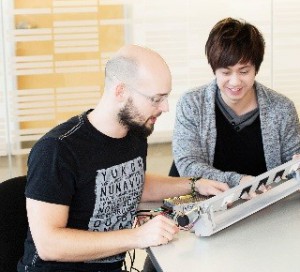CORE researchers Mike Yang, Doerte Luensmann and Debbie Jones recently completed a cross-sectional myopia prevalence study targeting school children ages six to thirteen, in the first study to measure prevalence in a non-clinical Canadian population.
We know that the prevalence of pediatric myopia is growing worldwide, but until recently did not have any Canadian figures for comparison. CORE researchers Mike Yang, Doerte Luensmann and Debbie Jones recently completed a cross-sectional myopia prevalence study targeting school children ages six to thirteen, in the first study to measure prevalence in a non-clinical Canadian population. The work was conducted in collaboration with the Canadian National Institute for the Blind and was partly funded by Essilor. Results were presented at the 2016 meeting of the American Academy of Optometry.1
The study took place at schools in the Waterloo Region, an area that comprises two mid-sized Canadian cities representing a large demographic cross-section of people. With roots in manufacturing and farming, the region has more recently seen the growth of a thriving high-tech industry with a median age of 38 years. As of 2012, 19.1% of the population was under the age of 14.2
Automated refraction, subjective refraction and visual acuity were tested at a first study visit at participating Schools, and those with a subjective of at least -0.50D in at least one eye were invited to attend a second visit that repeated these tests after cycloplegia, along with other biometric measures. Parents provided information about their child’s activities via a questionnaire.
One hundred sixty-six children completed the study. Myopia prevalence was 17.5% among the overall group, 6% among ages 6-8, and 29% among ages 11-13. The mean subjective spherical equivalent refraction in myopic children was -1.10D at ages 6-8, and -2.44D at ages 11-13. In this study, 34.5% of the myopic children were uncorrected, which represented 6.0% of the entire group of children. Mean axial length increased by 1.03mm from ages 6-8 to ages 11-13 (p < 0.01). Examination showed that one additional hour of outdoor time per week lowered the odds of a child having myopia by 14%.
- Yang M, Luensmann D, Fonn D, Woods J, Gordon K, Jones L, Jones D. Myopia prevalence in Canadian school children. American Academy of Optometry: E-abstract 165328.
- Statistics Canada, 2011 census.







 While Chau-Minh Phan and Hendrik Walther were not the first to try to come up with a better in vitro system to test contact lens deposition and drug delivery, their tenacious approach in developing various iterations of the OcuFlow has produced a remarkable, patented device capable of simulating key aspects of the natural blink.
While Chau-Minh Phan and Hendrik Walther were not the first to try to come up with a better in vitro system to test contact lens deposition and drug delivery, their tenacious approach in developing various iterations of the OcuFlow has produced a remarkable, patented device capable of simulating key aspects of the natural blink.
